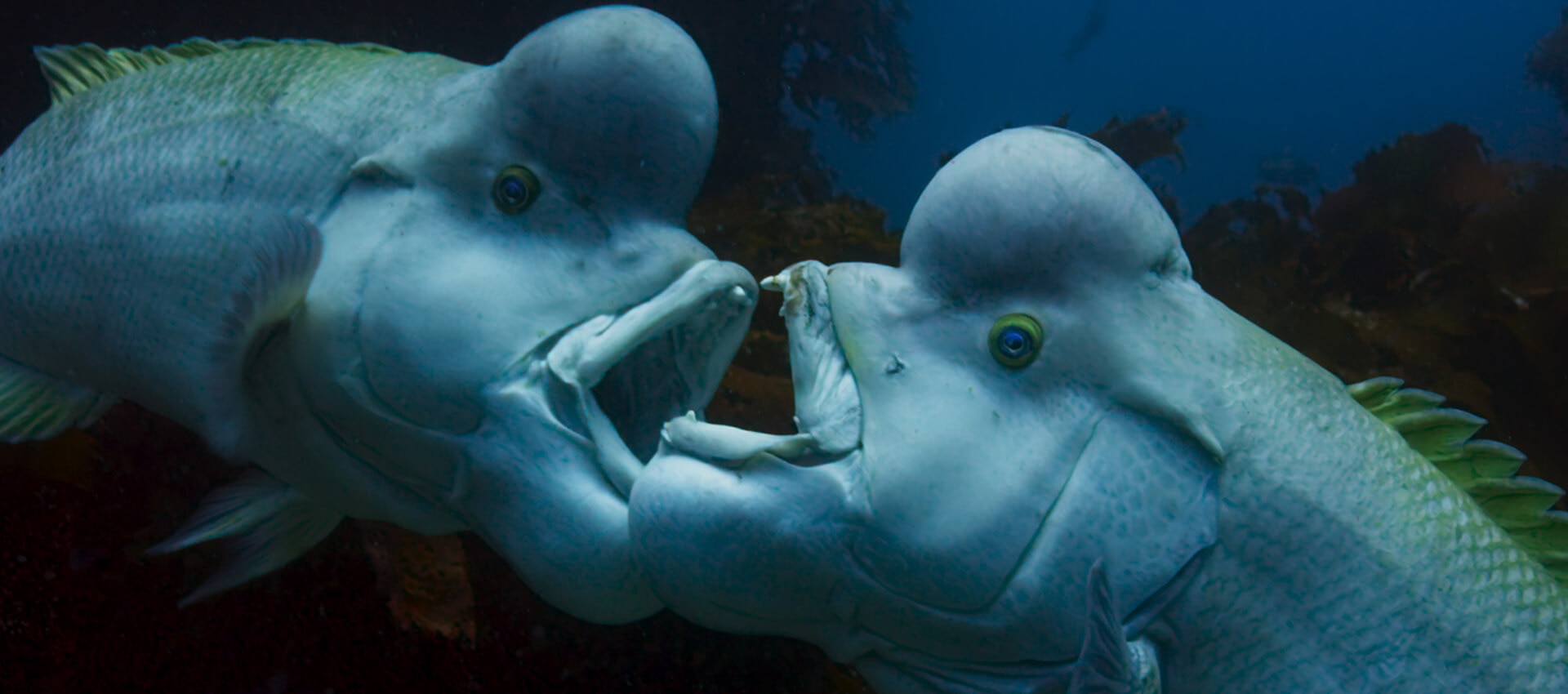In freshwater fishes, female swordtails can turn into males if there are no males present for a long time (6 months or longer).
This goes for both Xiphophorus species (swordtails and platies). But swordtail females (XX sex chromosome combination) can only change gender when they're of the Aa allele type. And an XX female of the AA allele combination remains female. Aa females are born with both female and male gonads but will always start off as being female. Specimens of the XX sex chromosome combination with an aa allele combination are males despite of the fact that they're not XY males.
In breeding forms of the Xiphophorus hellerii, there are also specimens that can be a WZ or ZZ genotype. It's unclear if the WZ and ZZ genotype also occurs in other swordtail species than just the X.hellerii. Swordtail females of the WZ and ZZ genotype are also able to change sex.
In platies, we're dealing with three sex chromosomes instead of two. Besides X and Y, platies can also have a W sex chromosome. The combinations WX, WY and WW genotypes will be female with both female and male gonads and will always start off as being female. Initial males however can only be of the XY and YY genotype.
When it comes to breeding forms of platies and swordtails, it's a bit hard to determine wether a female will change sex according to the way how swordtails change sex or how platies change sex. This is because of the fact that most breeding forms of both platies and swordtails are hybrids between these two species.
Colin has stated that a sex change can take place if there are no males present for 6 months or longer. But actually, it can also change way before those six months. There are two ways that males will develop when there are no males around or far too few males around in comparison to females. In that case, young initial males will develop their male characteristics pretty fast and those males remain significantly small in size. Such males are called early males. And it can trigger a female to become a male (as long as it's not an AA allele genotype). Both ways are needed to ensure the survival of the population.
When a female platy or female swordtail changes into a male, she'll still have her gravid spot. But she won't produce any eggs anymore. She'll become a fully functional male.
What you're also able to see in Xiphophorus species is that a male can develop a pseudo gravid spot. In swordtails, it doesn't happen that often but in platies it does happen frequently. If a pseudo gravid spot develops in a male, it will mostly develop when they're juveniles. Once such a pseudo gravid spot shows up, it will never fade.
The difference between an actual gravid spot and a pseudo gravid spot is that an actual gravid spot is a piece of translucent skin. It only appears darker in comparison to the rest of the skin because we see what she's got internal shining through. A pseudo gravid spot however is just a dark spot that appears in the skin itself (so, there's no translucent skin in the vent area).




